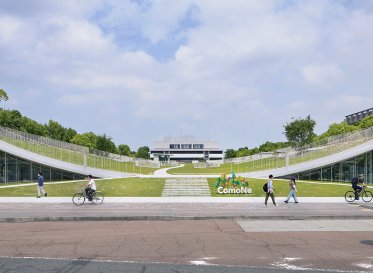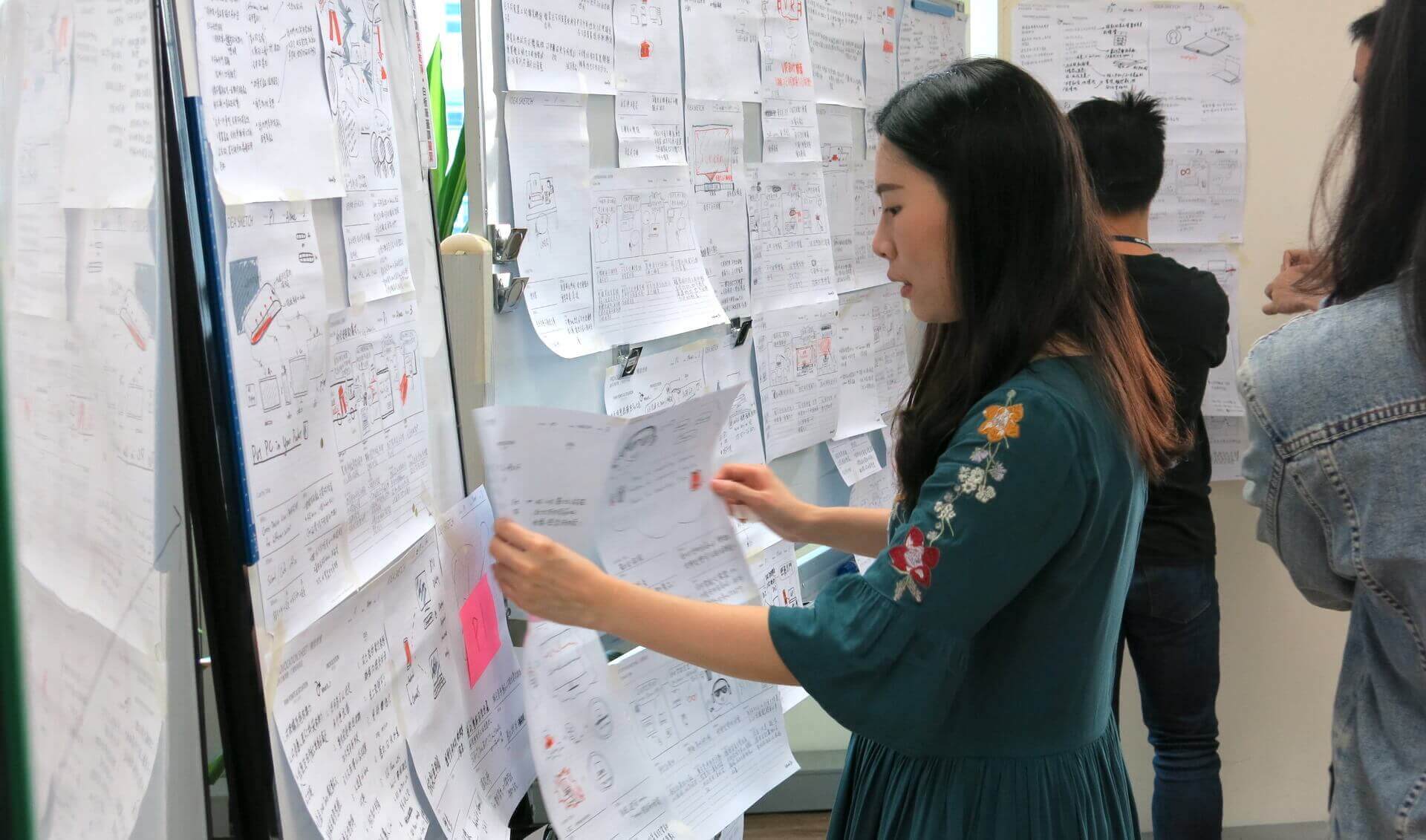
Cross-border, cross-industry collaboration helps to inspire future products for ASUS
Sometimes, product innovation needs a fresh pair of eyes to help us look at something in an entirely new way.
In collaboration with Loftwork, Taiwanese consumer electronics giant ASUS launched a new product development project in April 2019, with the aim to design from the user’s point of view. Loftwork implemented a tailored program that played to ASUS’s strengths, including their position on the frontline of new technological developments, as well as their ability to quickly bring products to market. Through intensive workshops and experts’ input in both Taiwan and Japan, ASUS designers were able to break down preconceived notions and take on ‘outsider’ perspectives, as they tried to improve the user experience.
Designing a new mobile experience
ASUS has made significant advances in the mobile device sector, with smartphones, laptops and tablets. However, this growth has been accompanied by the challenge of innovating across regimented product categories. From the consumer’s perspective, these devices are tools to assist in a range of personal and professional tasks, but by considering these requirements, and also going beyond the standard device functions, we can realize potential new uses, designs and functions.
As such, the first step of this project was to ‘reframe the question’ underlying product design.
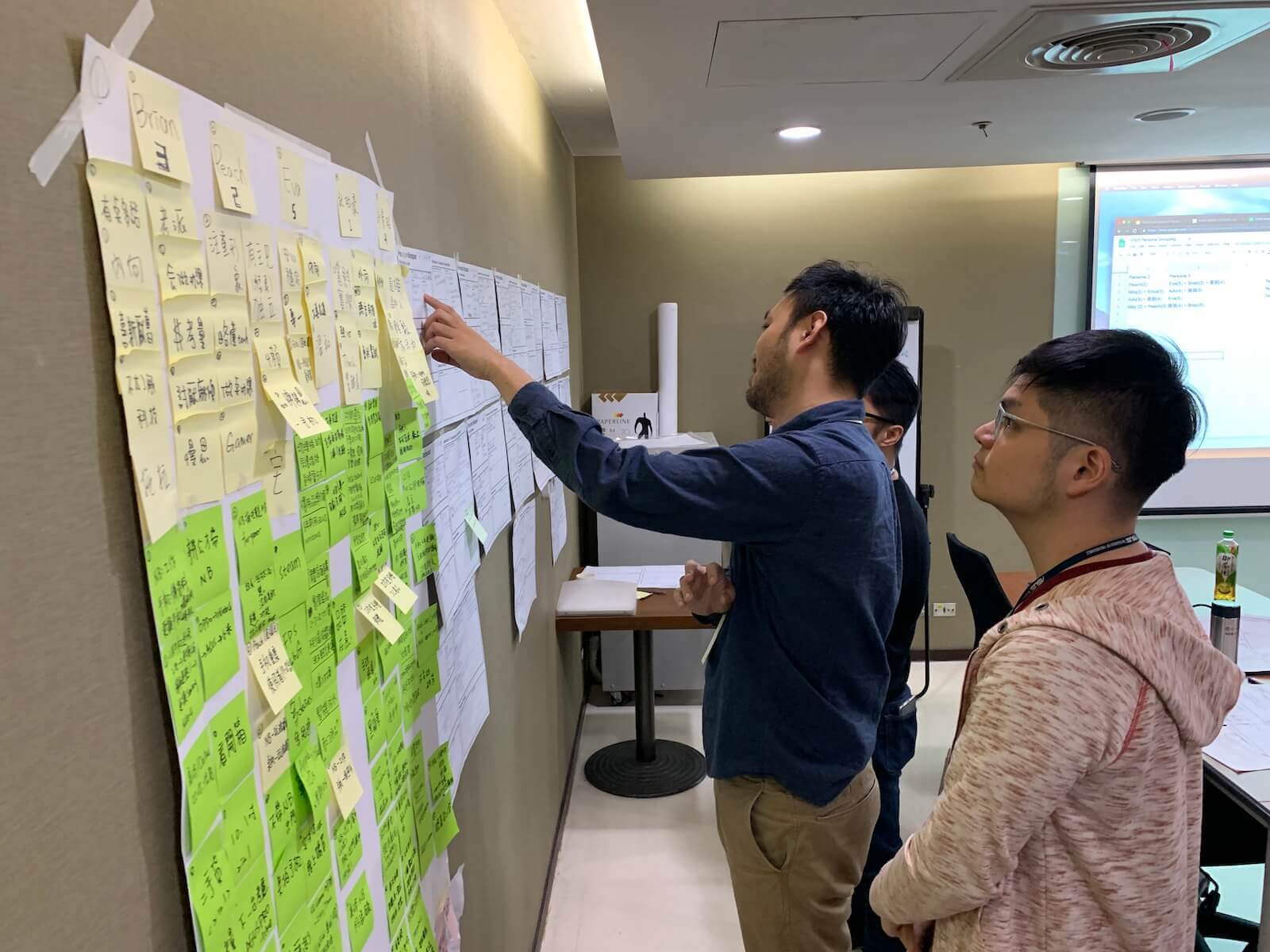
Reframing the question, from research to prototyping
Loftwork’s six-week intensive course for ASUS was designed with the goal of performing prototyping in a short period of time, as based on the design research method. Design research, of course, refers to the process in which data about potential product users is collected and analyzed. In turn, the results inform the strategic basis for the product or service being developed.
‘Reframing the question’, the first objective in the series of workshops, refers to the process in design research wherein the stereotypes are broken down, and the essential problems are uncovered.
In this program, members began by comparing consumer demands from around when laptops were first sold in the 1980s, to how consumers’ perceptions of mobile devices are anticipated to change in the near future. Despite some stumbling blocks regarding technical specifications, as well as moving away from the user’s point of view at times, members finally came up with new concepts that responded to the needs of consumers, and as the process progressed, were able to propose viable prototypes.
Twenty ASUS employees from a range of different backgrounds (including planning, UX design, hardware engineering, etc) participated in the program. They were organized into teams with members from both design and engineering fields, to take advantage of their varying skill sets. This allowed them to work in feasibility and implementation methods, on top of focusing on the user experience.
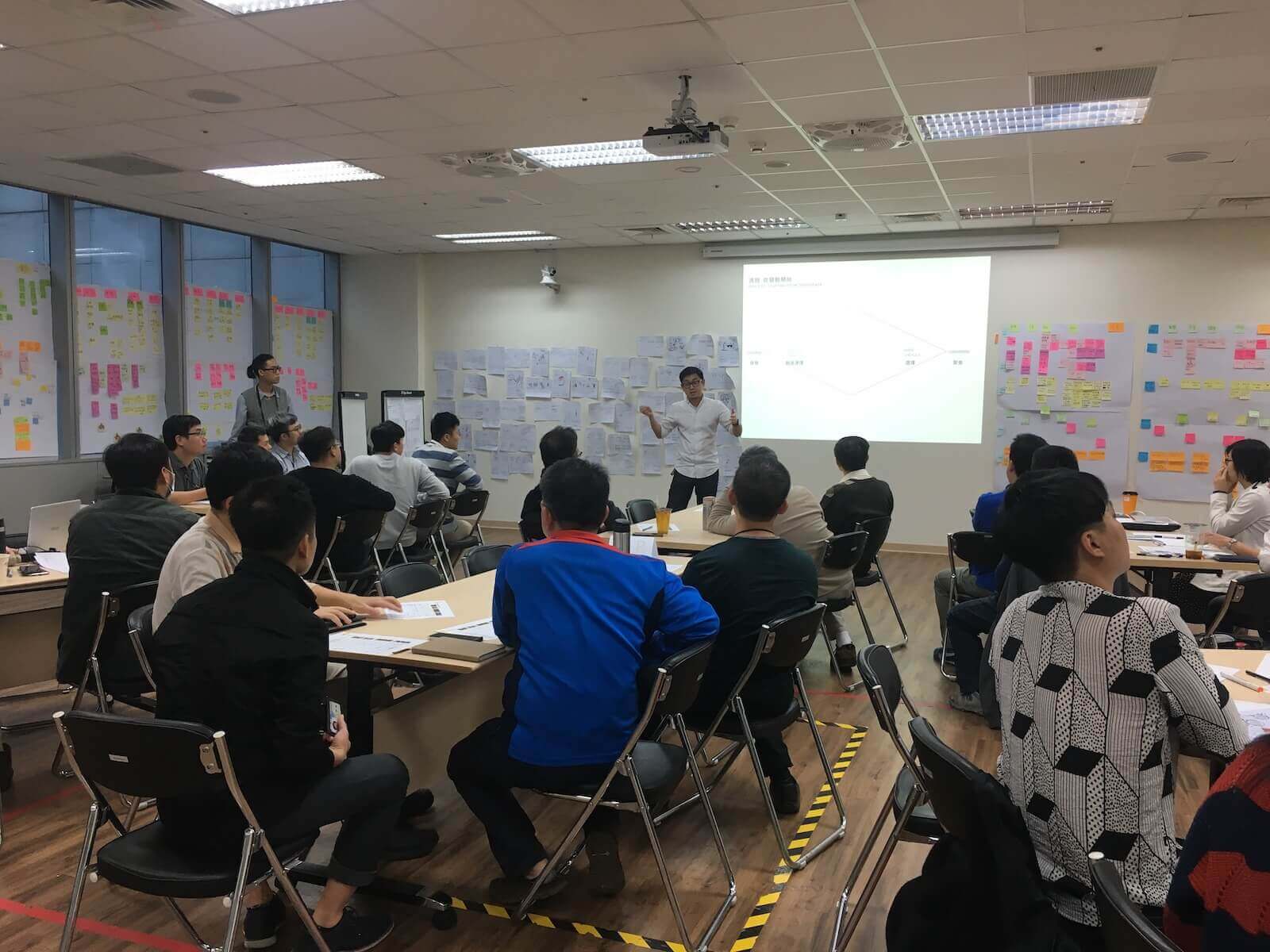
During Phase 1, participants moved beyond their initial hypotheses about products and their anticipated users, ‘reframing the question’ in order to gain unique insights in the user interviews. These were then used to inform the two ideation and prototyping workshops, with product ideas subsequently advancing to Phase 2 of the ideation program.
Crossing institutional barriers with diverse Japanese creators

To help ASUS take on a fresh perspective on product design, Loftwork held a two-day workshop featuring a diverse range of Japanese creators at FabCafe MTRL in Shibuya, as part of Phase 2 of the program.
In addition to higher-ranking ASUS members from various departments (including UX design, engineering and more), a number of artists and entrepreneurs from outside the company were invited to participate, sharing their unique, ‘outsider’ perspectives. For both parties, the outcomes of these discussions managed to transcend cultural, philosophical and professional differences.

The second phase built upon the insights gained in the first – taking the product ideas, prototypes and functions and redefining or reconsidering their possibilities based on user scenarios.
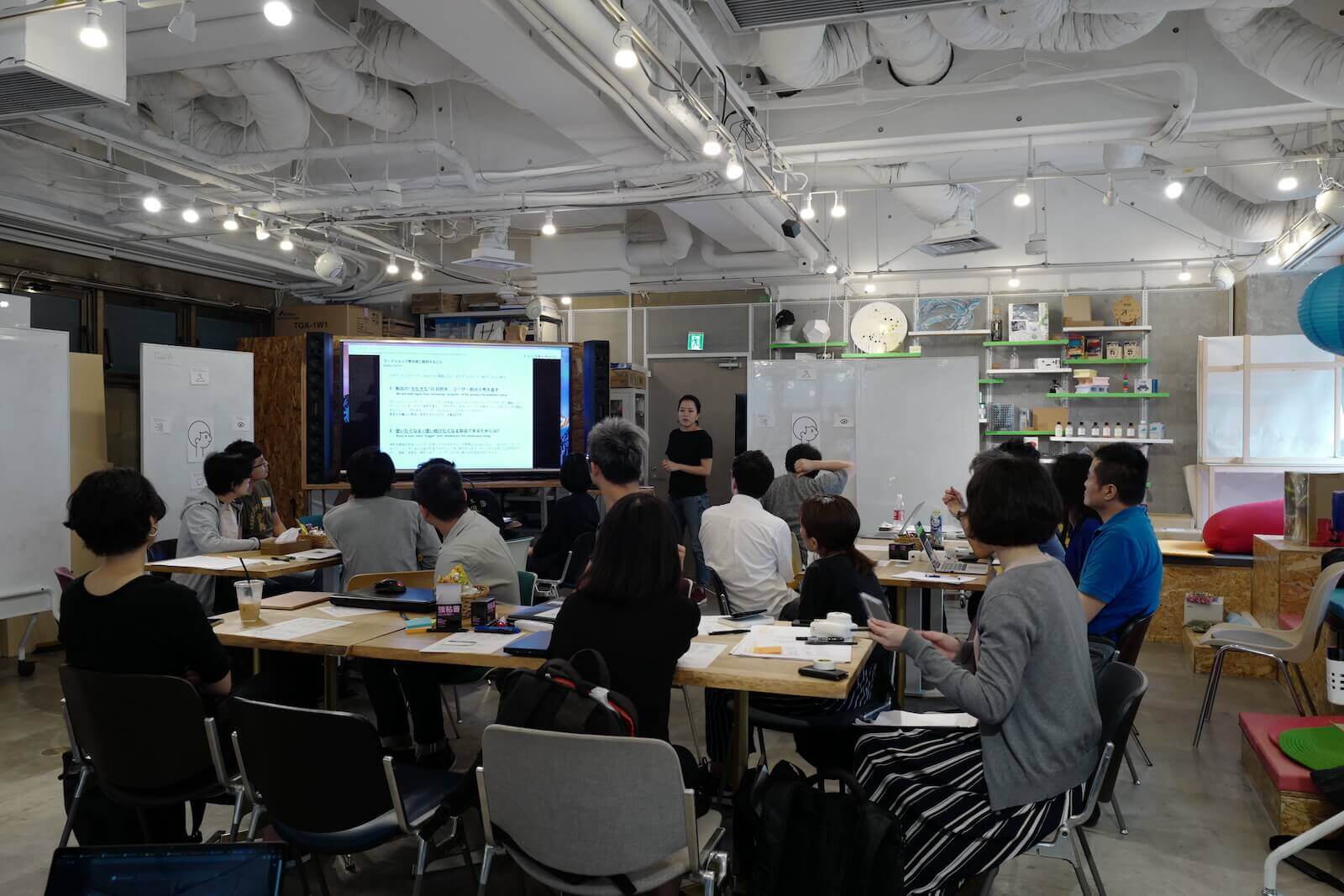
A word from the experts
The members also got the chance to be upskilled by experts, who gave insightful presentations on their academic fields.

Meiji University’s Professor Keita Watanabe outlined the importance of UX and UI that allow the Internet of Things (IoT) to ‘melt into’ people’s daily lives and be used unconsciously, as discussed in his book Melting Design.
His presentation emphasized the concept of ‘approachability’. Products generally spend most of their time pending use, which raises the question, “Is the product designed to be in an ‘easy start position’ for the user?” He also addressed the importance of UI design taking into consideration the user’s context and situation when initially using the product. Whilst many regard UI as synonymous with the ‘usability’ of a product, Professor Watanabe stressed that an easy-to-operate product does not automatically guarantee that people will use it. As such, it is often important to recenter the focus on end users, rather than abstract notions of ‘functional products’.
Meanwhile, Keio University’s Professor Kouta Minamizawa shared his insights on his research field of haptics, which enables people to share experiences with others by utilizing data to reproduce physical experiences such as touch. He is the organizer of the ‘Haptic Design Community’, which facilitates discussion regarding the technology and values of haptic design.
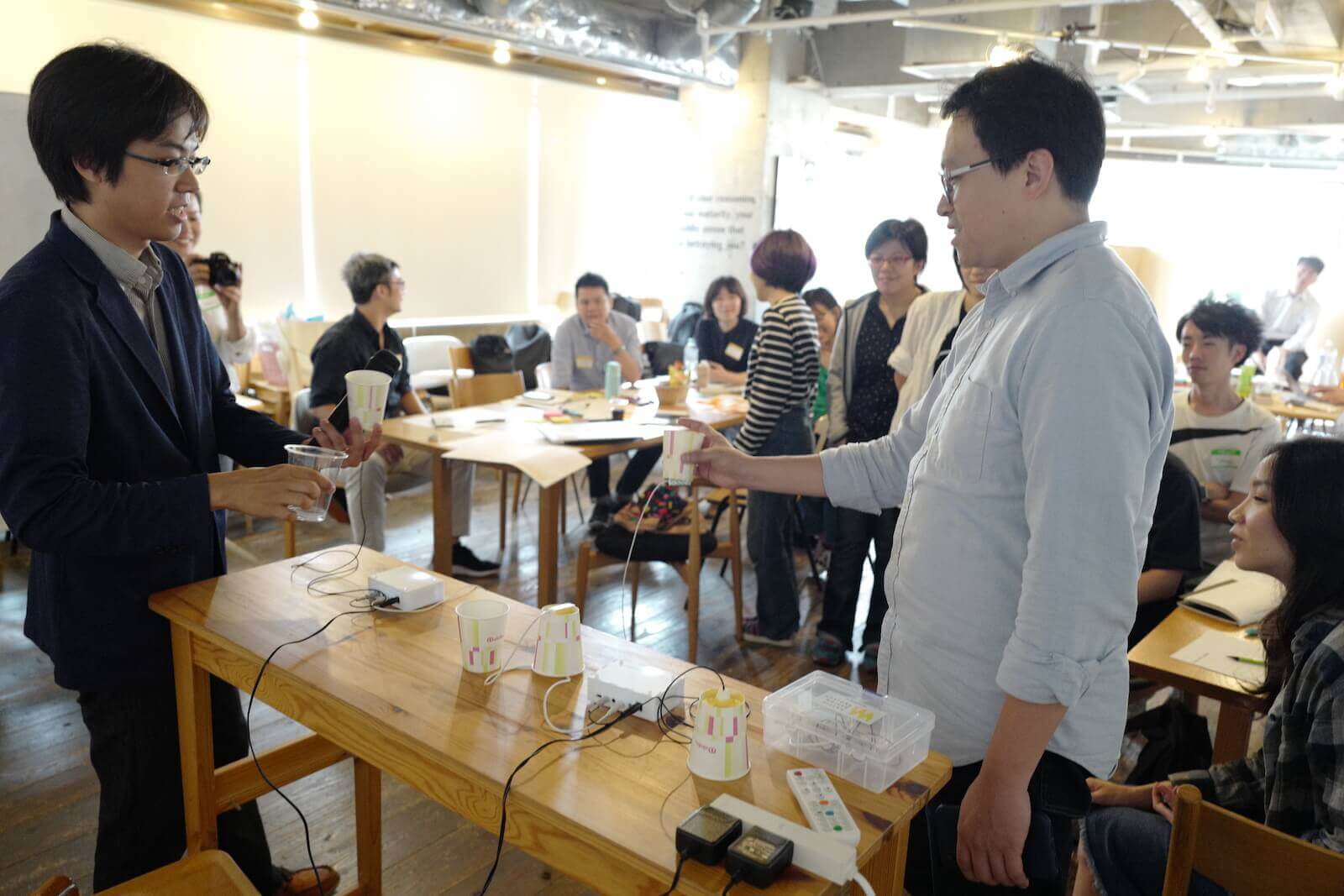
At first, only about a third of the participants were familiar with haptic design. However, upon experiencing the TECHTILE demo, they were amazed. “The difficulty of haptic design is that it is impossible to understand its value unless you actually experience it,” said Prof. Minamisawa, inviting participants to ponder the possibility of ‘hacking’ the body’s senses. “Rather than just improving the accuracy of existing data, haptic design considers the value it will provide, what kind of new business it will lead to, and which different professions it will benefit. I think we can use the tactile and physical senses in a variety of contexts, such as in entertainment and in response to social issues. It’s imperative that more people are able to grasp this fact.”
Read his interview: Game Changer: With augmented reality the best seats in the stadium were 600 miles away
Conclusion
Loftwork’s workshops served to demonstrate how open collaboration across borders can generate innovation in design practice. In the final presentation of the workshop, one participant mentioned that they were struck by how a product development idea born in Taiwan had grown into a practical design process, which served to benefit various stakeholders. Opening up the process and incorporating more diverse perspectives led to new avenues of opportunity for designers, and demonstrated advantages for those using the end products.
Read more: L’Occitane Japan strengthens work culture through design thinking corporate training
Testimonials
“Having Loftwork as our creative partner and engaging with the other participants, especially artists and creatives, has had huge benefits for us. We learned a lot during the course of this project, but the workshop design that inspired our members to think ‘outside the box’ was especially useful. The workshop in Tokyo was also a great experience for us to learn more about Japanese creators and the Japanese Fab Culture. This workshop was an important process for us, as we continue to provide the best devices and experiences for creative people. We are grateful for the support of Loftwork.” — Tung-Jen Tsai, Asus Design Center
“I was impressed with the flexibility of the ASUS members. They absorbed a lot of information in a short period of time. Despite the language barrier between them and the Japanese creators at the creator’s workshop, they never failed to pay close attention to the content of their discussions, and they maintained their focus on the premise of actually commercializing the product throughout. The participants from ASUS were a great source of inspiration for me, too. I hope to continue assisting in the development of the product concepts we came up, and to help maintain the connection between ASUS and Japanese creators in the future.”– Yuko Fujiwara, Senior Creative Director, Loftwork Taiwan
Project Members
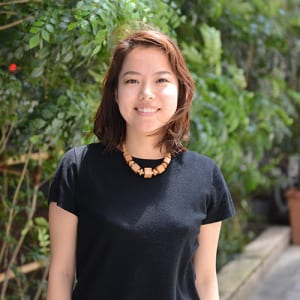
Yuko Fujiwara
Loftwork Inc.
Creative Director
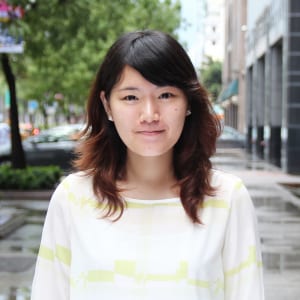
Pinhua Chen
Loftwork Inc.
Communication Manager






